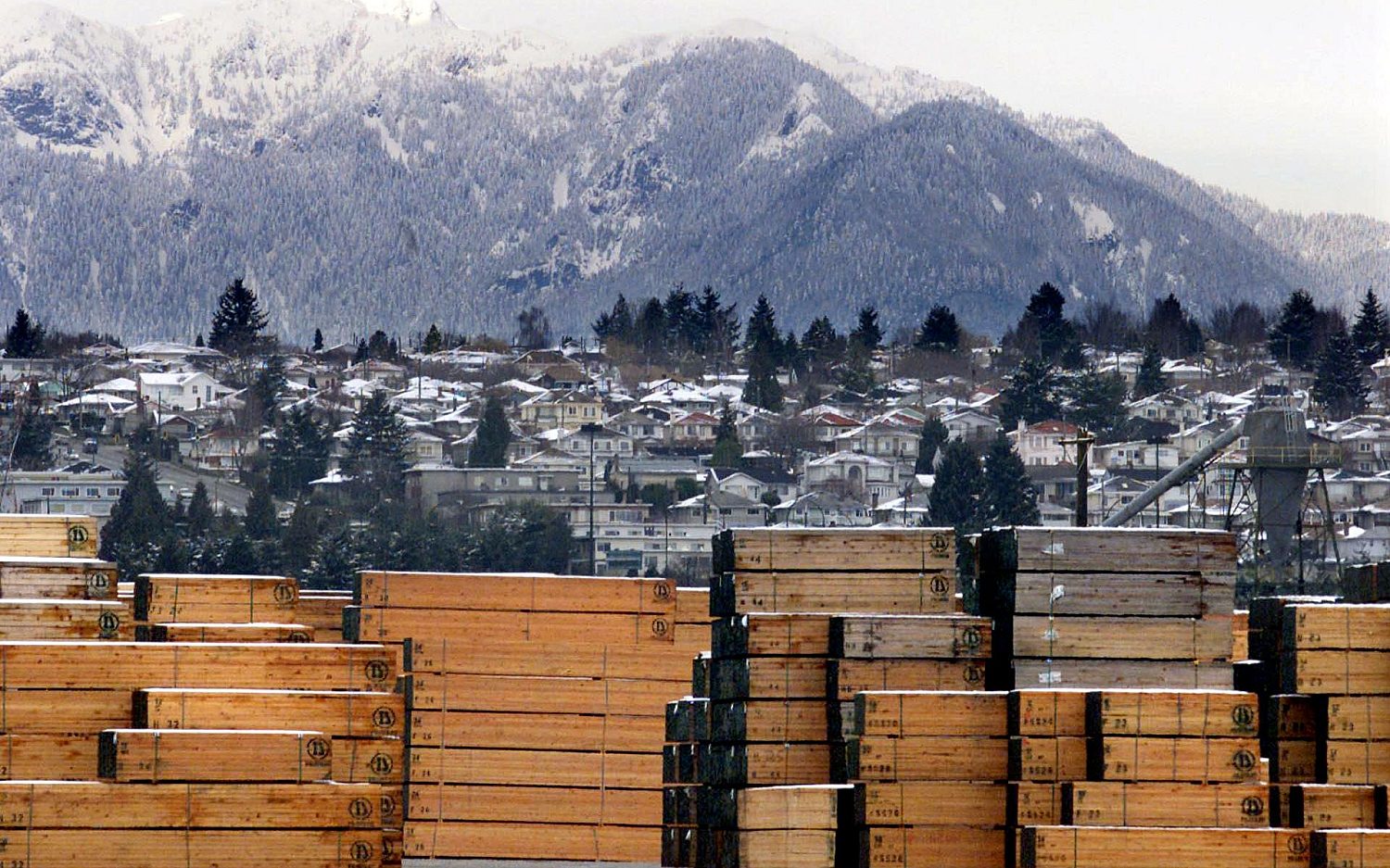Seeing daylight
Ahead of schedule, Chile's historic rescue of its miners is underway
By daybreak on Wednesday at the San Jose mine, rescuers hauled the seventh Chilean miner above ground in a historic drilling and extraction operation that has been weeks in the making. The operation is expected to continue through the day as workers haul at a rate of about one per hour those remaining of the 33 miners who have survived since an Aug. 5 tunnel collapse that buried them 2,300 feet beneath the earth's surface in an open space beneath 700,000 tons of rock.
"I would like to thank God, without whose help this would not have been possible," said Chilean President Sebastian Pinera shortly after the first miner, 31-year-old Florencio Avalos, arrived at the top of a rescue shaft drilled for weeks to reach the mining crew.
The crew members appeared robust and exuberant as they emerged from the tube that carried them to the surface, wearing sunglasses to protect their eyes after 70 days underground. There they met cheering crowds of family members and mine workers who have kept vigil since the operation began in late August. But Mario Sepulveda, 40, the second miner to be rescued, spoke of their extended ordeal in an underground compartment with steady temperature of about 90 degrees Fahrenheit: "I was with God and I was with the Devil. They fought and God won."
At few moments in life or in history is there only one way out, and that one way also measured barely 28 inches in diameter. But as hours ticked by before the rescue operation began, all eyes focused on the red, white, and blue cylinder designed to rescue the men and carry them to the surface.
Workers missed the timetable to bring out at least one of the miners before midnight Tuesday, painstakingly testing the large steel cable attached to the 13-foot cylinder, but their precaution was understandable: No one in history had been trapped so far under ground for so long and survived.
With the cylinder ready, a mine rescue expert and a navy special forces paramedic were lowered one by one to where the men waited, most bare-chested and wearing shorts, to prepare them for the trip up. Chilean state television has covered the rescue operation throughout with live footage fed to millions of viewers worldwide.
President Pinera arrived at the site by helicopter late Tuesday afternoon and could be seen standing by the shaft opening as engineers raced to begin the rescue. "We made a promise to never surrender, and we kept it," he said as he paced beneath the steel structure built to hoist the steel tube up and down the rescue shaft. Pinera and Chile's Minister of Mines Laurence Golborne later joined families members, gathered against the cold night with children and grandchildren of the miners at a makeshift refuge in the Atacama desert known as Camp Hope. With the president apparently leading and a pastor playing guitar, the group several times broke into song.
At the president's request, churches across Chile rang their bells in celebration when Avalos, the first miner, made it to safety. Roman Catholic, evangelical Protestant, and Seventh-Day Adventist clergy have all hovered at the site, consoling family members and leading gatherings in prayer, as well as celebrations of Catholic mass, throughout the country's 69-day ordeal. Carlos Parra Diaz, a Seventh-day Adventist pastor who has kept up a prayer vigil at the San Jose mine since soon after the collapse, mobilized fellow clergy in the capital, Santiago, to find miniature Bibles, less than three inches wide. He sent one to each miner via the same tube that has kept them supplied with food and water for nearly 10 weeks.
When Avalos appeared at the surface shortly after midnight local time, Pinera waited to greet him alongside the miner's family, including his 7-year-old son, who stood ready and wearing a hard hat. Bystanders erupted in cheers and chants of "Chi! Chi! Chi! Chi! Le! Le! Le!" hoisted confetti and balloons, and broke into the national anthem.
Though the operation is well underway, it is by no means assured. Experts warn that seemingly small glitches could halt the remaining extractions: A miner who panics in the tight confinement of the tube, a rock that could fall and wedge itself in the shaft, cable problems, or the rig overheating.
"It's not an elevator shaft. It's got twists and turns and that can cause problems with the cable," Davitt McAteer, head of the U.S. Mine Safety and Health Administration during the Clinton administration, told The Associated Press. McAteer leads the investigation into the April mining disaster in West Virginia that killed 29.
He gave "very high marks" to the Chilean rescue team for accomplishing a difficult and uncharted rescue operation-and for sober forecasting, first predicting that it might take until Christmas to rescue the men-and then consistently delivering rescue preparations ahead of time.
If the entire operation is successful, the last miner out will be Luis Urzua, the shift foreman whose leadership in the aftermath of the collapse-when the men endured 17 days with no outside contact and made do with 48 hours of rations-is credited with helping to save their lives. The Associated Press contributed to this report.
An actual newsletter worth subscribing to instead of just a collection of links. —Adam
Sign up to receive The Sift email newsletter each weekday morning for the latest headlines from WORLD’s breaking news team.





Please wait while we load the latest comments...
Comments
Please register, subscribe, or log in to comment on this article.